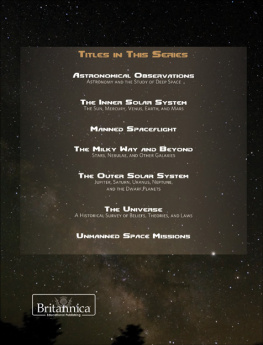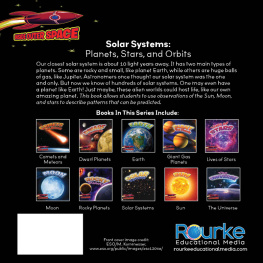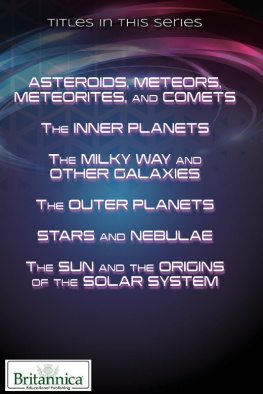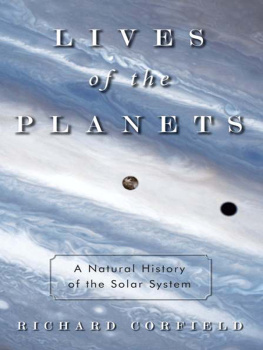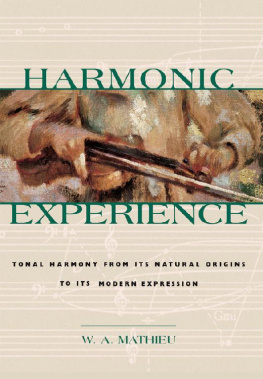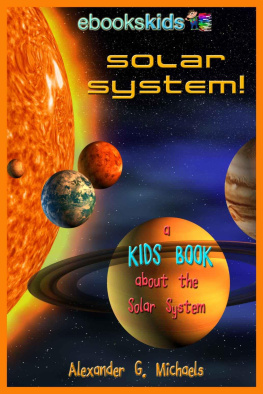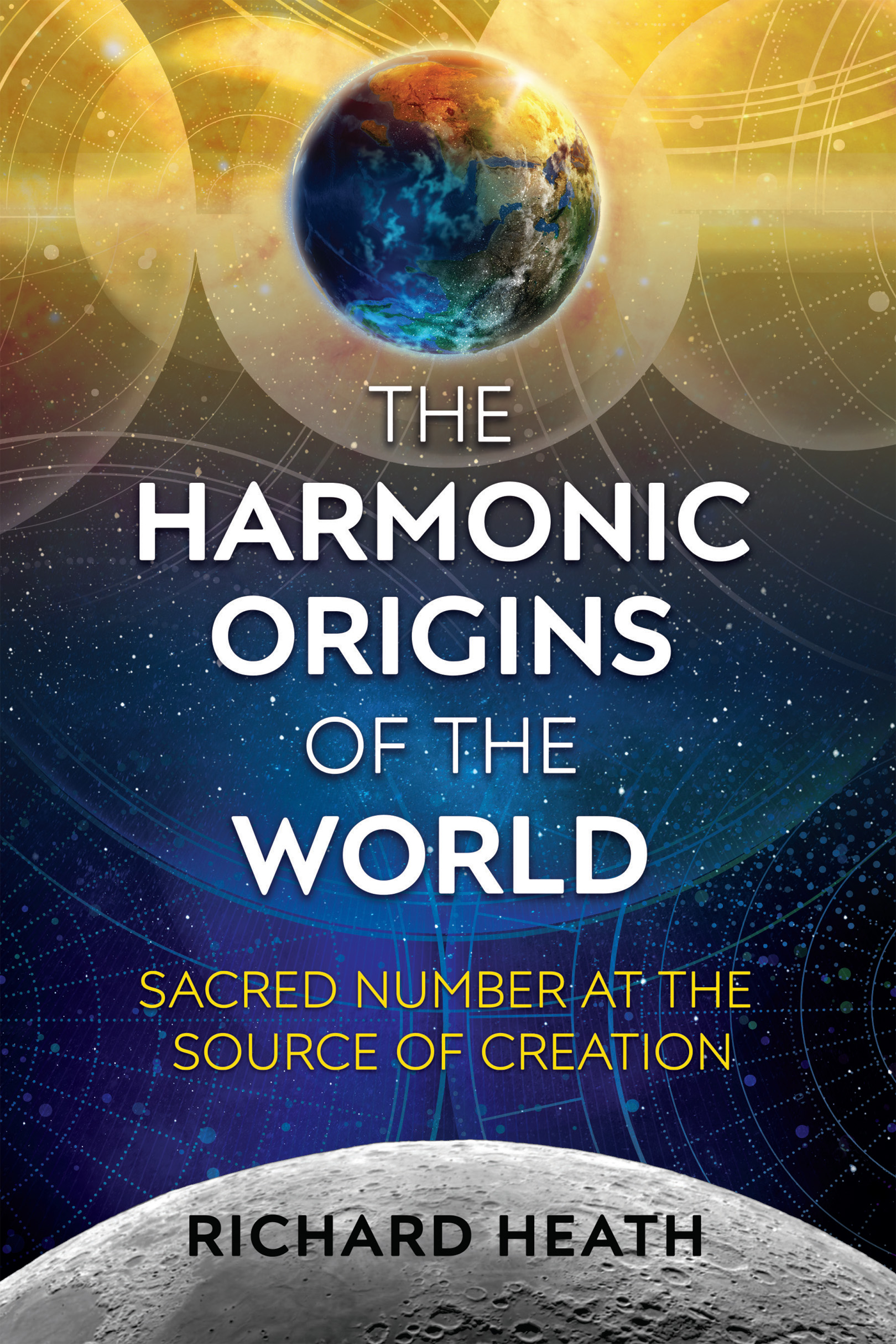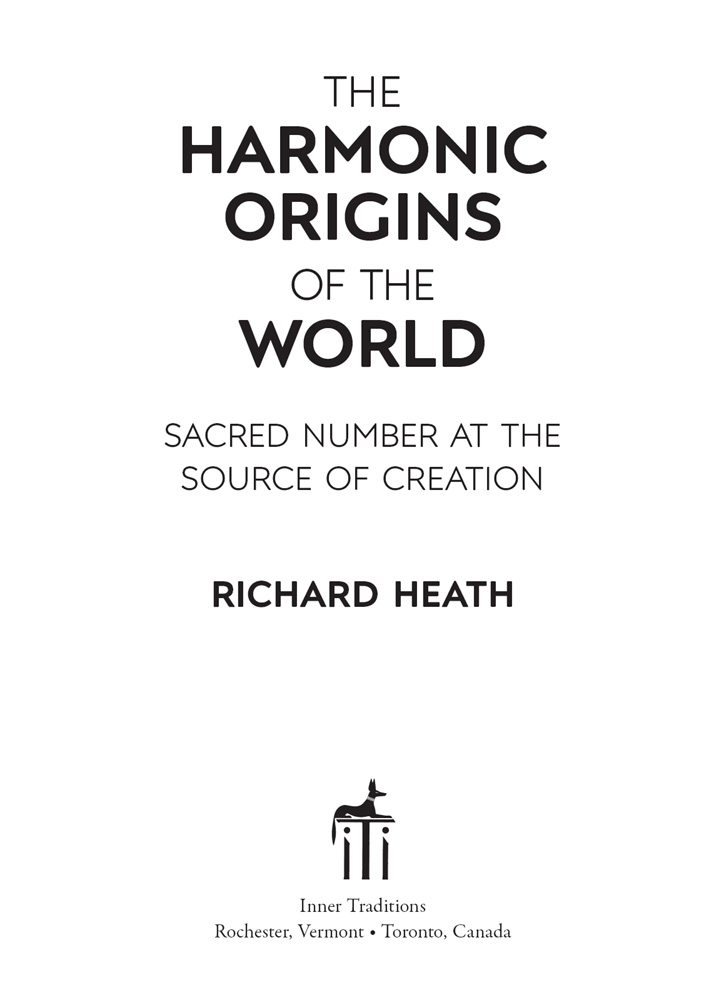Richard Heath - The Harmonic Origins of the World: Sacred Number at the Source of Creation
Here you can read online Richard Heath - The Harmonic Origins of the World: Sacred Number at the Source of Creation full text of the book (entire story) in english for free. Download pdf and epub, get meaning, cover and reviews about this ebook. year: 2018, publisher: Inner Traditions, genre: Religion. Description of the work, (preface) as well as reviews are available. Best literature library LitArk.com created for fans of good reading and offers a wide selection of genres:
Romance novel
Science fiction
Adventure
Detective
Science
History
Home and family
Prose
Art
Politics
Computer
Non-fiction
Religion
Business
Children
Humor
Choose a favorite category and find really read worthwhile books. Enjoy immersion in the world of imagination, feel the emotions of the characters or learn something new for yourself, make an fascinating discovery.

- Book:The Harmonic Origins of the World: Sacred Number at the Source of Creation
- Author:
- Publisher:Inner Traditions
- Genre:
- Year:2018
- Rating:3 / 5
- Favourites:Add to favourites
- Your mark:
The Harmonic Origins of the World: Sacred Number at the Source of Creation: summary, description and annotation
We offer to read an annotation, description, summary or preface (depends on what the author of the book "The Harmonic Origins of the World: Sacred Number at the Source of Creation" wrote himself). If you haven't found the necessary information about the book — write in the comments, we will try to find it.
Reveals how the orbits of Jupiter, Saturn, and Uranus relate to the Moon and the inner planets as an octave with musical scales
Explores how this harmonic planetary knowledge was encoded within ancient monuments and temples then spread within oral traditions
Explains how the solar system functions as a musical instrument and how this led to the rise of intelligent life, civilization, and culture on our planet
As modern humans first walked the Earth roughly 70,000 years ago, the Moons orbit came into harmonic resonance with the outer planets of Jupiter, Saturn, and Uranus. The common denominators underlying these harmonic relationships are the earliest prime numbers of the Fibonacci series--two, three, and five--the same numbers that interact to give us the harmonic relationships of music.
Exploring the simple mathematical relationships that underlie the cycles of the solar system and the music of Earth, Richard Heath reveals how Neolithic astronomers discovered these ratios using megalithic monuments like Stonehenge and the Carnac stones, discoveries that informed later myths and stories including the Epic of Gilgamesh, the Resurrection of Osiris, the Rg Veda, the Hebrew Bible, Homers epic tales, and the Return of Quetzalcoatl. He explains how this harmonic planetary knowledge formed the basis of the earliest religious systems, in which planets were seen as gods, and shows how they spread through Sumer, Egypt, and India into Babylon, Judea, Mexico, and archaic Greece. He exposes how the secret knowledge encoded within the Bibles god YHWH was lost as Greek logic and reason steadily weakened mythological beliefs.
Revealing the mysteries of the octave and of our musical scales, Heath shows how the orbits of the outer and inner planets gave a structure to time, which our Moons orbit could then turn into a harmonic matrix. He explains how planetary time came to function as a finely tuned musical instrument, leading to the rise of intelligent life on our planet. He demonstrates how this harmonic science of numbers can be read in the secret symbolism and sacred geometry of ancient cities such as Teotihuacan and in temples such as the Parthenon, connecting the higher worlds of planetary time and harmonics with the spiritual and physical life on Earth.
Recasting our understanding of the solar system, Heath seeks to reawaken humanitys understanding of how sacred numbers structure reality, offering an opportunity to recover this lost harmonic doctrine and reclaim our intended role in the outer life of our planet.
Richard Heath: author's other books
Who wrote The Harmonic Origins of the World: Sacred Number at the Source of Creation? Find out the surname, the name of the author of the book and a list of all author's works by series.

